Flying fox - Epalzeorhynchos kalopterus
Scientific name: Epalzeorhynchos kalopterus
Common name: Flying fox
Family: Cyprinidae
Usual size in fish tanks: 14 - 17 cm (5.51 - 6.69 inch)
014
Recommended pH range: 6.5 - 7.2
Recommended water hardness: 4 - 12°N (71.43 - 214.29ppm)
0°C 32°F30°C 86°F
Recommended temperature range: 23 - 26 °C (73.4 - 78.8°F)
The way how these fish reproduce: Spawning
Where the species comes from: East Asia
Temperament to its own species: peaceful
Temperament toward other fish species: peaceful
Usual place in the tank: Bottom levels
Food and Feeding
Flying Fox is primarily an algae eater. To ensure a balanced diet, provide:
- Algae wafers and spirulina flakes
- Fresh vegetables such as cucumber, zucchini, and lettuce
- Occasional treats like tubifex and white worms
These fish are known for keeping tanks clean by consuming excess algae, but supplementary feeding is necessary to maintain health.
Origin
Flying Fox originates from South East Asia, specifically found in Borneo, Java, Thailand, and Sumatra. They inhabit fast-moving streams with rocky and sandy substrates.
Sexing
There are no visible differences between male and female Flying Fox fish, making sexing difficult.
Breeding
Currently, there are no documented cases of Flying Fox breeding successfully in home aquariums. In the wild, they are believed to reproduce in large river systems under specific seasonal conditions.
Lifespan
With proper care, Flying Fox fish can live up to 8 years.
Tankmates
Flying Fox can be kept in a community aquarium, but some care is needed. They can become territorial, especially as they mature. Suitable tankmates include:
- Peaceful schooling fish like Tetras, Rasboras, and non-aggressive Barbs
- Bottom dwellers like Corydoras and Loaches
- Non-aggressive Gouramis
Avoid keeping them with aggressive or overly territorial species, as conflicts may arise.
Tank Setup & Conditions
To mimic their natural habitat, provide:
- A tank of at least 75 liters (~20 gallons) for a single specimen
- Fast-moving water with good filtration
- A sandy or fine gravel substrate with smooth rocks
- Driftwood and caves for hiding spots
- Floating plants to provide shaded areas
Suitable Aquarium Plants
Flying Fox fish enjoy planted tanks but may nibble on delicate plants. Hardy plants are recommended, including:
Short Description
Often mistaken for the Siamese Algae Eater, the Flying Fox (Epalzeorhynchos kalopterus) is a semi-aggressive algae grazer. While peaceful when young, they may become territorial with age. Keeping them in a well-structured environment with hiding spots and a varied diet will ensure they thrive.
Frequently Asked Questions
Are Flying Fox fish good for algae control?
Yes, they consume algae efficiently, but they should also be given a varied diet to maintain their health.
Do Flying Fox fish get along with Siamese Algae Eaters?
They look similar but may not always get along. Flying Fox fish can be more territorial.
Can Flying Fox fish live alone?
Yes, but they prefer being in a community tank with suitable tankmates.
Pictures
Bought by aqua-fish.net from jjphoto.dk.
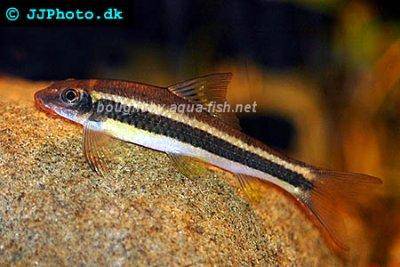



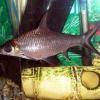 Bala
Bala 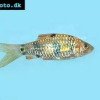 Spotted
Spotted 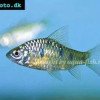 Golden
Golden 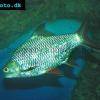 Tinfoil
Tinfoil 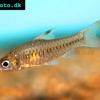 Congo
Congo 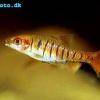 Blue-barred
Blue-barred 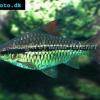 African
African 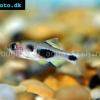 Butterfly
Butterfly 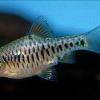 Olivegreen
Olivegreen 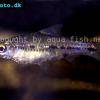 Morse
Morse 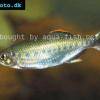 Jerdon’s
Jerdon’s 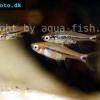 Mosquito
Mosquito 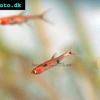 Dwarf
Dwarf 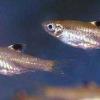 Eyespot
Eyespot 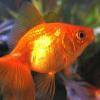 Goldfish
Goldfish 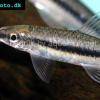 Penguin
Penguin 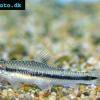 Siamese
Siamese 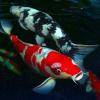 Koi
Koi 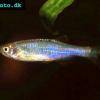 Pearl
Pearl 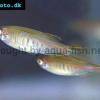 Glowlight
Glowlight 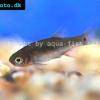 Crossbanded
Crossbanded 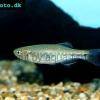 Yoma
Yoma 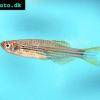 Orange
Orange 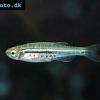 Dwarf
Dwarf 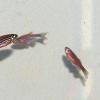 Zebra
Zebra 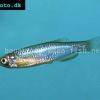 Rose
Rose 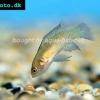 Red
Red 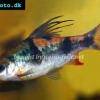 Arulius
Arulius 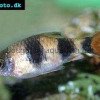 Tambraparni
Tambraparni 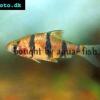 Fiveband
Fiveband 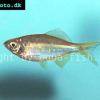 Bengal
Bengal 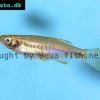 Tiger
Tiger 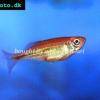 Malabar
Malabar 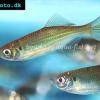 Queen
Queen 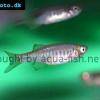 Hora
Hora 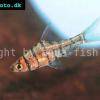 False
False 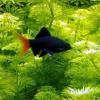 Redtail
Redtail 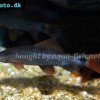 Rainbow
Rainbow 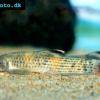 Garra
Garra  Black
Black 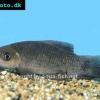 Purple
Purple 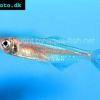 Burmese
Burmese 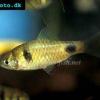 Dwarf
Dwarf  Isok
Isok 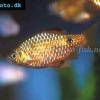 Rosy
Rosy 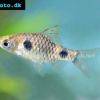 Two
Two 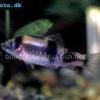 Melon
Melon 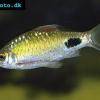 Black-spot
Black-spot 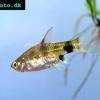 Golden
Golden 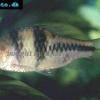 T-Barb
T-Barb 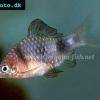 Ruby
Ruby 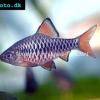 Checkered
Checkered  Rhomb
Rhomb 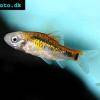 Gold
Gold 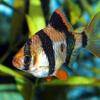 Tiger
Tiger 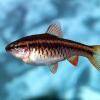 Cherry
Cherry 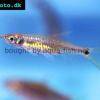 Brittan’s
Brittan’s 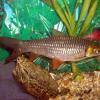 Greater
Greater 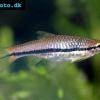 Long-band
Long-band 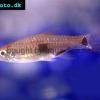 Twospot
Twospot 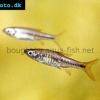 Reticulate
Reticulate 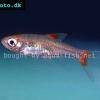 Cherry
Cherry 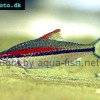 Denison
Denison 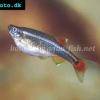 White
White 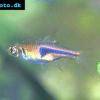 Lambchop
Lambchop 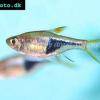 Harlequin
Harlequin